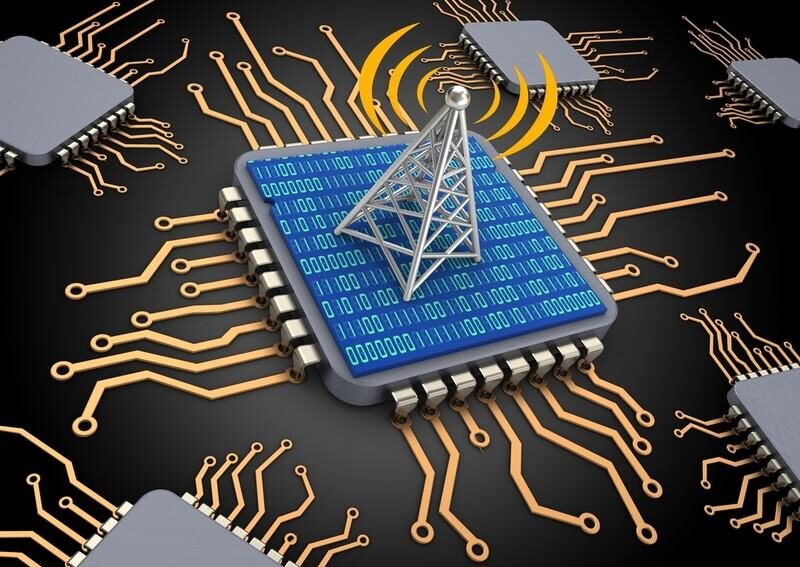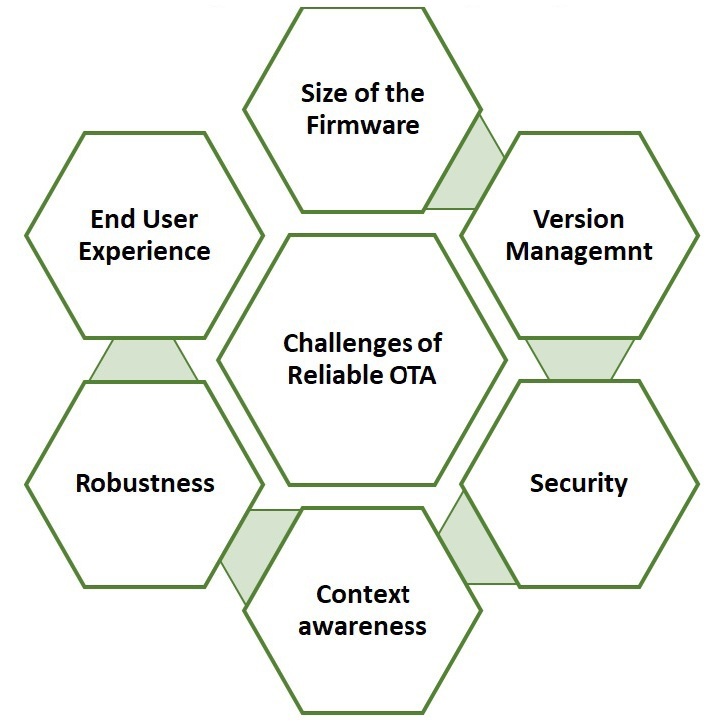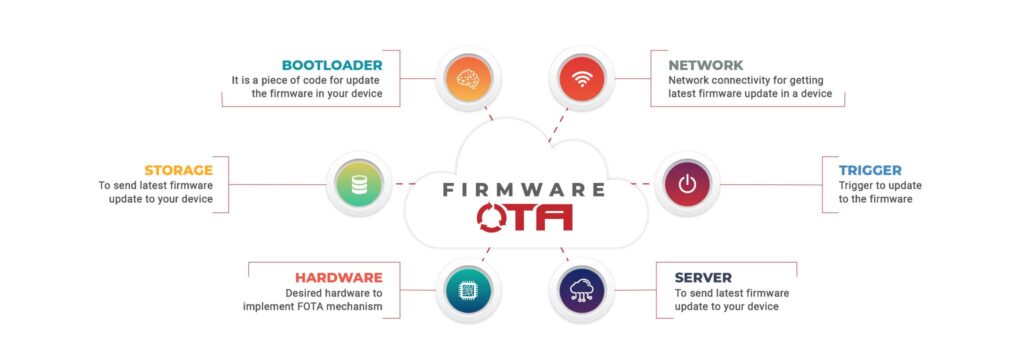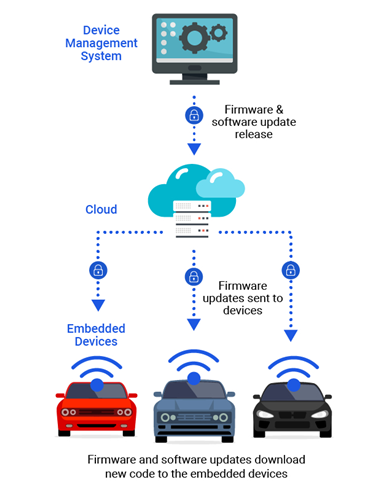Over-the-Air (OTA) Updates for Embedded Systems
Introduction
With the proliferation of data warehousing available worldwide thanks to the internet facility, the world is now going forward with AI, ML, and data analytics. In response to this changing need, the “Internet of Things” are changing their arbitrary attributes to be Omnipresent as the essential component of intelligence.
Significance of OTA Updates
Many embedded devices are installed in locations that are challenging to reach or too hostile for human operators. This is particularly true for Internet of Things (IoT) apps, which are often used and have short battery lives. Examples include embedded systems that keep tabs on a person’s or a machine’s health. Due to these difficulties and the need for frequent updates in software, support for over-the-air (OTA) upgrades is necessary for many systems. An OTA updates the software on the embedded system’s microcontroller or CPU with fresh software. Although OTA updates for mobile devices are widely used, their design and implementation on a system with limited resources present a number of difficulties.

How OTA Updates enhance bug fixing
1. Efficiency : OTA updates save time and resources by eliminating the need for manual updates. Devices can be updated simultaneously or in batches, reducing downtime and operational disruptions.
2. Cost Savings: OTA updates reduce the costs associated with sending technicians to remote locations for updates. This is especially important for devices installed in challenging environments.
3.Security: OTA updates enable timely distribution of security patches, minimizing vulnerabilities and improving overall system security.
4.Feature Enhancement: Manufacturers can introduce new features and improvements to devices after they have been deployed, extending the product’s lifecycle and value to users.
5.Flexibility: IoT devices and connected systems can be updated on-the-go, adapting to changing requirements or unforeseen issues.

Challenges and Considerations
1.Connectivity: Reliable and stable network connectivity is essential for successful OTA updates. Poor connectivity can result in failed updates or partial installations.
2.Data Integrity: Ensuring data integrity during the update process is crucial to prevent corruption or unintended behaviour in the device.
3.Rollback Mechanism : In case an update fails or causes issues, a reliable rollback mechanism is necessary to revert to the previous working state.
4.Security : Secure communication protocols and encryption are vital to prevent unauthorized access or tampering during the update process.

How to Implementation OTA
1.Firmware Partitioning : Embedded systems often use dual partitions to store firmware. One partition holds the currently running firmware, while the other is reserved for the new update. The system switches to the updated partition after successful validation.
2.Bootloaders: Bootloaders are responsible for loading the operating system or firmware during startup. OTA updates can be facilitated by modifying the boot loader to support remote updates.

Real-Time Examples of OTA
Mobile Phones:
An OTA update on a mobile phone can be either automatic or manual.In the first scenario, the firmware update is automatically applied to the customer’s device. But, with a manual update, the user is notified of an available upgrade and given the option of accepting or rejecting the download and installation of the new software version on his device.
The OTA update is a very effective approach to update software, repair issues, add or delete apps, and update or modify the user interface. The typical official OTA update distributed by Huawei servers is called HOTA or Huawei-Over-the-Air. Every Huawei smartphone sold in Europe normally receives an update like this.


Electric Vehicles:
Similar to modern smartphones, high-end EVs come equipped with a ton of functions that guarantee the smooth operation of the vehicle. A vehicle’s performance and safety are greatly influenced by both good hardware and software. When you have the “privilege” of OTA updates, any software problems with your EV can be resolved remotely rather than requiring you to visit the service center. Software Over the Air (SOTA) upgrades are quick changes made to the software that controls any mechanical or electronic component of the car. Interfaces like the instrument console or navigation are more frequently used withSOTA updates. A Firmware Over the Air update alters how your car acts, like increased performance, increased range, and modified power delivery.
Conclusion
Over-the-Air updates have transformed the landscape of embedded systems, offering efficiency, flexibility, and improved security. As technology continues to evolve, OTA updates will play a crucial role in ensuring that embedded devices remain up-to-date, secure, and adaptable to changing requirements. By addressing challenges and implementing best practices, manufacturers can harness the power of OTA updates to deliver enhanced user experiences and extend the lifespan of their products.
